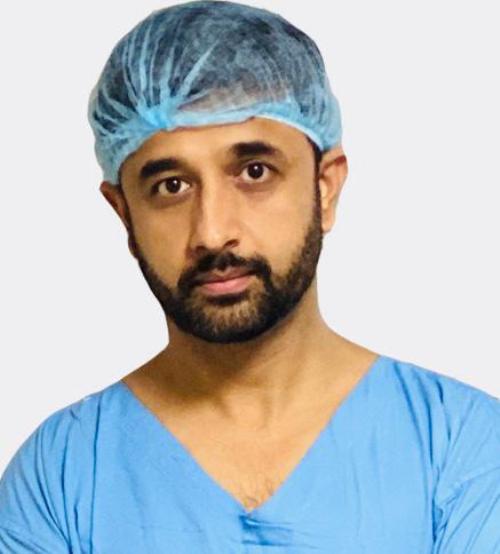Obesity is no longer a problem of the west, India has also joined the club of top five obese countries of the world, registering a higher incidence in metro cities
New Delhi, April 05, 2021: Evidently, the prevalence of obesity in India is increasing faster than the world average. As per Research Article published in one of the Journal in Feb., 2020, in India, the overall obesity has increased from 2.2% to 5.1% between 1998 and 2015. Its fast-paced growth has been accompanied by a notable increase in the burden of non-communicable diseases as well. Obesity is no longer a problem only in western countries, but according to a study published in the noted journal Lancet, India has also joined the club of the top three obese countries of the world, registering a higher incidence in metro cities.
Speaking on the impact of obesity Dr Amit Javed, Director, Gastrointestinal, Bariatric & Metabolic Surgery, Fortis Flt. Lt. Rajan Dhall Hospital, Vasant Kunj, said, “Obesity has been growing in India at an alarming rate, posing a serious threat to the population at large. Its rising prevalence in India has been bringing along a host of diseases such as diabetes, hypothyroidism, coronary artery disease, obstructive sleep apnea, depression, fatty liver, gallstones, pcod, infertility, sexual dysfunction etc. Hence, obesity is no longer a cosmetic issue. The rise in obesity can be attributed to changes in lifestyle, which includes dietary habits (from food changes and snacking), low physical activity, stress and depression, hormonal conditions like polycystic ovary syndrome, Cushing’s disease and hypothyroidism. Obesity has even reached rural India now, which was immune to this disease earlier.”
Obesity is quantified by a simple formula Body Mass Index (BMI), which is a person’s weight in kilograms divided by the square of height in meters. A high BMI can be an indicator of high body fat. This helps to grade the severity of the problem. Individuals with a BMI of 30 and more are categorized as obese.
“The treatment of obesity has a multidisciplinary approach which involves a good physician, nutritionist and a surgeon. The aim is to lose weight in a healthy way. Initially the patient is assessed for any hormonal imbalance, which when corrected can help the patient lose weight. Medical treatment and dietary advice may help in the initial stages, but in most cases doesn’t give desired long-term results. In such cases, surgery may be an option, which not only helps in the resolution of comorbidities but also in achieving the long-term goal of weight loss,” said, Dr Javed.
Adding further Dr Javed said, “A tailored diet is usually started with a specialist dietician. The patient is encouraged to follow an exercise schedule in a graded manner. However, some patients with osteoarthritis may not be the ideal candidates for such a program. For such patients, surgery is the best option to lose weight. And in the realm of surgery, Bariatric surgery or weight loss surgery has shown to be an effective treatment option. It is a safe and effective way to lose weight. It comprises various types of surgical procedures which are selected based on the individual patient’s situation.”
Laparoscopic bariatric surgery is a minimally invasive surgical procedure in which part of the stomach/intestine is removed or restricted and rearranged. Hence, causing limitation of food intake and absorption of excess calories from the gut; thereby weight-loss occurs. Bariatric surgery when done with the aid of a tiny video camera or laparoscope is termed as ‘laparoscopic weight loss surgery.
Corporate Comm India (CCI Newswire)























